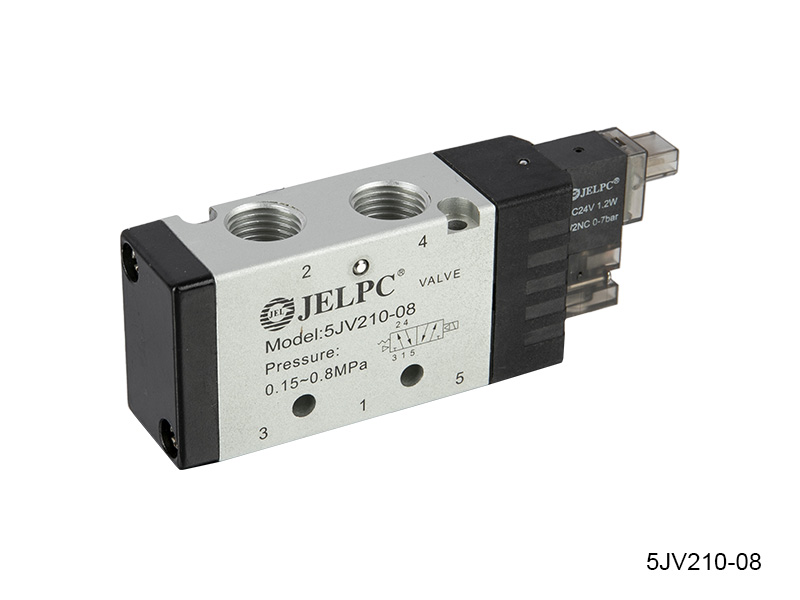The difference between solenoid valve and pulse valve & […]
The difference between solenoid valve and pulse valve

1. The solenoid valve only discharges fluid; the source pulse valve has a storage release process.
2. Solenoid valve (valve) is an industrial equipment controlled by electromagnetic. It is an automatic basic component used to control fluid. It is an actuator and is not limited to hydraulic and pneumatic. Used in industrial control systems to adjust the direction, flow, speed and other parameters of the medium. The solenoid valve can cooperate with different circuits to achieve the desired control, and the accuracy and flexibility of the control can be guaranteed. There are many kinds of solenoid valves. Different solenoid valves play a role in different positions of the control system. The most commonly used ones are check valves, safety valves, directional control valves, and speed control valves.
3. Pulse solenoid valve refers to a diaphragm valve that is controlled by a pilot valve such as electromagnetic or pneumatic, which can open and close the high-pressure air source in an instant to generate pulses. The long input signal is changed by the airflow through the air resistance and the delay effect of the air volume. Valves for pulse signals.
Working requirements of pulse valve:
Working pressure: Z valve: 0.4~0.6Mpa
Y-type valve: 0.2~0.6Mpa ZM-type valve: 0.4~0.6Mpa.
Air source medium: clean gas with temperature <55℃, degreasing and water treatment, filtration accuracy <5μm and pressure adjustable.
Use environment:
1. Temperature: -25℃~55℃55℃~180℃.
2. The relative humidity of the air does not exceed 85%.
3. The protection level complies with IP64.
Diaphragm life: 1 million times.
Pulse valve life: five years under the conditions of standardized installation, correct use and reasonable maintenance.